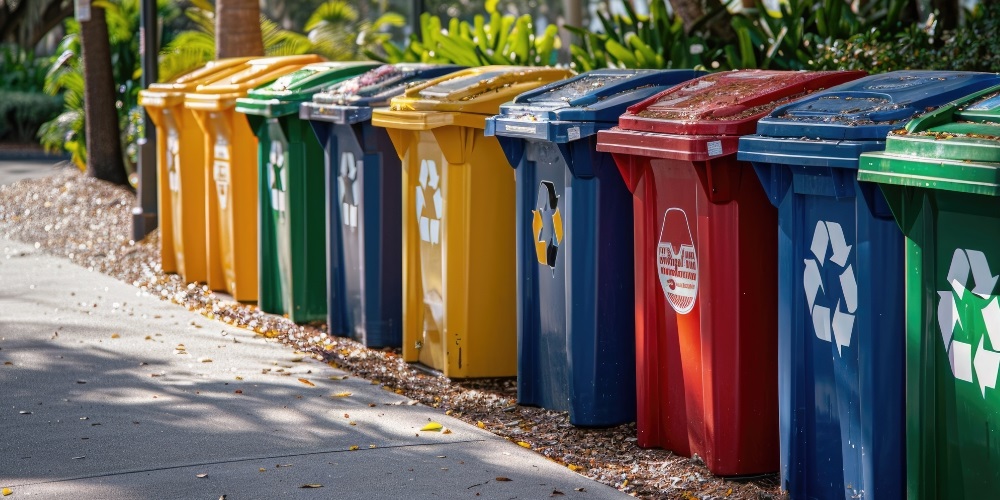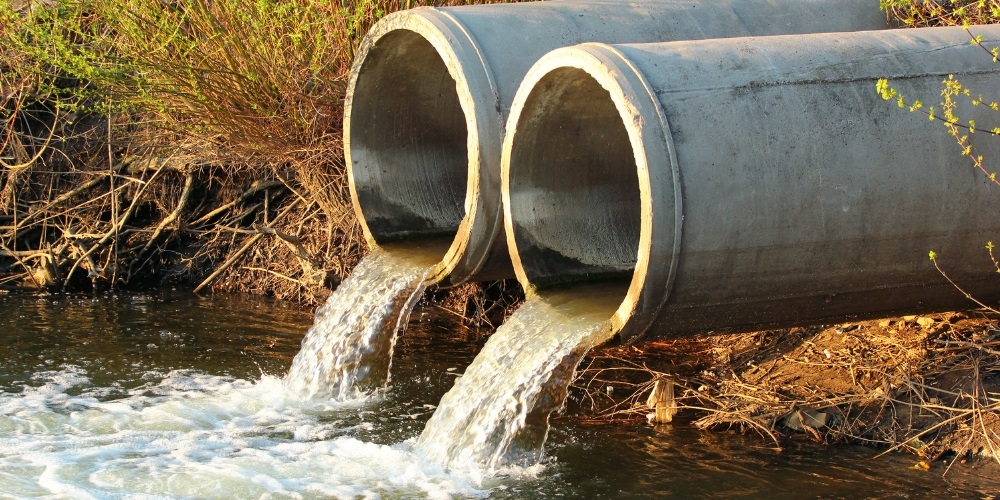- kusp2@housingandurban.go.ke
- Prism Towers, Upperhill, Nairobi Kenya
Urban infrastructure is a critical component of sustainable city development, ensuring accessibility, safety, and efficiency in urban environments. KUSP II emphasizes the development of inclusive infrastructure that caters to all urban residents, including vulnerable populations, by improving mobility, connectivity, and essential services. The program supports municipalities in designing, implementing, and maintaining infrastructure projects that enhance quality of life and promote economic growth.
Urban development requires a multifaceted approach to ensure inclusivity, sustainability, and resilience. The Key Focus Areas under KUSP II are strategically designed to address critical infrastructure needs while fostering economic growth, environmental sustainability, and social inclusion. These initiatives prioritize accessibility, safety, and efficiency in service delivery, ensuring that urban environments cater to all residents, including vulnerable populations. Through targeted interventions in transport, public amenities, waste management, water and drainage systems, and smart infrastructure, KUSP II is creating well-planned, livable, and prosperous urban areas.
Accessibility
Safety
Efficiency

Accessibility
Safety
Efficiency

Accessibility
Safety
Efficiency

Accessibility
Safety
Efficiency

Accessibility
Safety
Efficiency

212 km of urban roads constructed, improving transportation efficiency.
209 km of pedestrian and bicycle-friendly NMT paths developed, promoting eco-friendly transport alternatives.
5040 new streetlights installed, significantly improving safety in urban centers.
23 modern markets established, supporting economic development and local commerce.
Strengthening the capacity of urban institutions to deliver resilient infrastructure and inclusive services, fostering sustainable urban development across Kenya.
Copyright 2025. Kenya Urban Support Program. All Rights Reserved.
©2025 | Kenya Urban Support Program | All Rights Reserved.